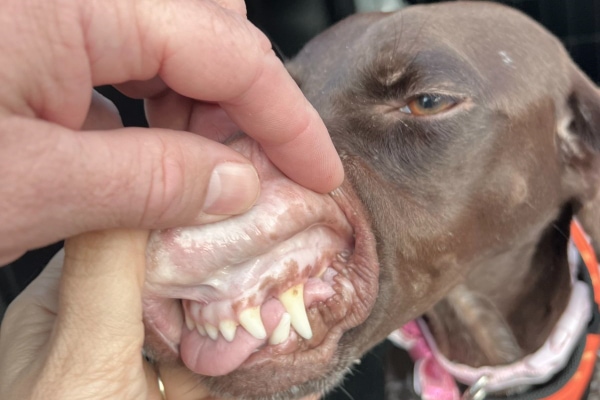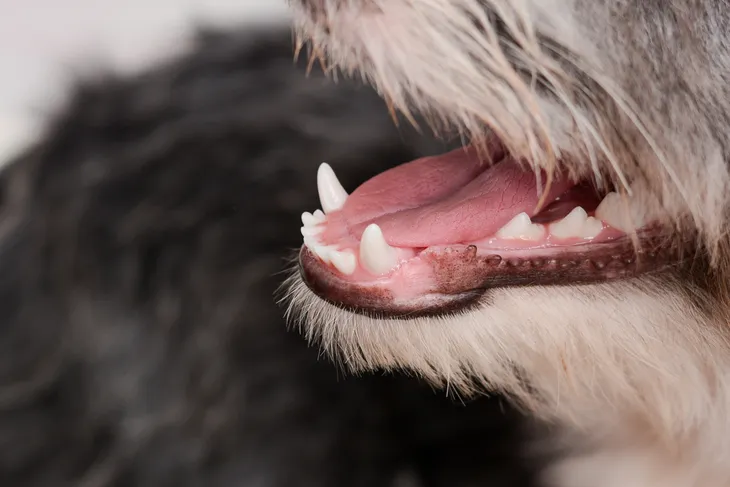Introduction:
Dog anemia is a condition characterized by a decrease in the number of red blood cells or a decrease in the amount of hemoglobin in the blood. In this comprehensive article, we will explore the causes, symptoms, diagnosis, treatment options, and management strategies for dog anemia. By understanding this condition and its treatment, dog owners and veterinarians can work together to provide effective care and improve the overall well-being of dogs affected by anemia.
Dog Anemia: An Overview:
Dog anemia can be caused by various factors, including underlying diseases, nutritional deficiencies, blood loss, or immune-mediated conditions. It is important to identify the specific cause of anemia to determine the most appropriate treatment approach. Anemia can lead to decreased oxygen delivery to tissues and organs, resulting in fatigue, weakness, and other health complications.
Recognizing the Symptoms of Dog Anemia:
Identifying the symptoms of anemia in dogs is crucial for early detection and intervention. Common signs include:
- Pale Gums and Mucous Membranes:
Dogs with anemia may have pale or white gums, inner eyelids, and other mucous membranes, indicating a decrease in red blood cell count or hemoglobin levels.
- Weakness and Fatigue:
Anemic dogs may exhibit lethargy, decreased energy levels, and weakness due to reduced oxygen-carrying capacity in the blood.
- Rapid Breathing and Heart Rate:
Increased respiratory rate and heart rate may be observed in dogs with anemia as the body tries to compensate for the decreased oxygen supply.
- Loss of Appetite and Weight Loss:
Dogs with anemia may experience a decreased appetite, resulting in weight loss and a decline in overall body condition.
Recommended:
- Petco Review: The Power of Together
- PetSmart Review: Where Pets Inspire Us
- Hill’s Pet Nutrition Review: Pioneering Pet Health and Nutrition
- Royal Canine Review: Tailored Nutrition for Every Pet
- Chewy Review: Pet Care at Your Doorstep
Treatment Options for Dog Anemia:
The treatment of dog anemia will depend on the underlying cause and severity of the condition. Here are some common treatment options:
- Blood Transfusion:
In severe cases of anemia, a blood transfusion may be necessary to replenish red blood cells and improve oxygen-carrying capacity. Blood can be obtained from a compatible donor or through blood banking services.
- Medications:
Specific medications may be prescribed to address the underlying cause of anemia. For example, if anemia is caused by an immune-mediated condition, immunosuppressive drugs may be used.
- Nutritional Supplements:
In cases of anemia caused by nutritional deficiencies, such as iron or vitamin B12 deficiency, supplementation may be necessary to correct the deficiency and promote red blood cell production.
- Treatment of Underlying Diseases:
If an underlying disease is causing anemia, it is important to address and treat the primary condition. This may involve medications, surgery, or other therapeutic interventions.
Managing Dog Anemia:
In addition to treatment, ongoing management and supportive care are important for dogs with anemia:
- Regular Veterinary Check-ups:
Regular veterinary check-ups are essential to monitor the dog’s response to treatment, assess blood parameters, and make any necessary adjustments to the treatment plan.
- Nutritional Support:
Providing a balanced and nutritious diet, tailored to the dog’s specific needs, can help support overall health and aid in the recovery from anemia.
- Environmental Modifications:
Creating a calm and stress-free environment for the dog can contribute to their overall well-being and support their recovery from anemia.
- Follow-up Blood Tests:
Regular blood tests, such as complete blood counts and blood chemistry panels, can help monitor the dog’s progress and ensure that anemia is adequately managed.
Conclusion:
Dog anemia is a complex condition that requires thorough diagnosis, appropriate treatment, and ongoing management. By recognizing the causes, symptoms, and treatment options discussed in this article, dog owners and veterinarians can work together to provide the best possible care. Early detection, addressing the underlying cause, and implementing supportive measures are key to managing dog anemia and improving the overall health and well-being of affected dogs.
References:
- Weiss, D. J., & Wardrop, K. J. (2010). Anemia of inflammation. In Schalm’s Veterinary Hematology (6th ed., pp. 155-164). Wiley-Blackwell.
- Weiss, D. J., & Wardrop, K. J. (2010). Anemia of chronic renal disease. In Schalm’s Veterinary Hematology (6th ed., pp. 165-170). Wiley-Blackwell.
- Reineke, E. L. (2013). Immune-mediated hemolytic anemia. Veterinary Clinics: Small Animal Practice, 43(4), 721-740.
- Weiss, D. J., & Wardrop, K. J. (2010). Anemia of endocrine disease. In Schalm’s Veterinary Hematology (6th ed., pp. 171-174). Wiley-Blackwell.



